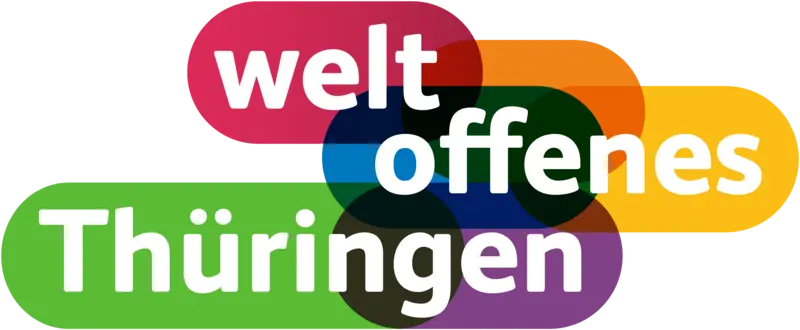Writing weak syllables
Duration
10/2025
- 09/2029
Funding
Deutsche Forschungsgemeinschaft (DFG)
Project management

Description
When we speak or learn a language, they are always there: melody and rhythm. Prosody is the name given to this complex interplay of linguistic factors between sounds, words and even larger linguistic units. If this interplay is missing, spoken language sounds monotonous at best. At worst, it can no longer be understood. While strong elements of prosody, such as stressed syllables or strong accents in the rhythm, have been relatively well researched, the role of weak, unstressed elements has been little studied so far. The new research group wants to change this.
The researchers are looking at linguistic units that otherwise tend to be neglected in research: Elements that are unstressed or reduced – in other words, phonologically 'weak'. On one hand, these elements are relatively difficult to perceive, but on the other hand they are very important. In German, for example, they often carry grammatical information. The difference, for example, between ehe and eher, Hund and Hunde or mache and machen is expressed in an unstressed reducing syllable, but has different meanings and grammatical functions. It is also interesting to note that such weak elements do not occur in the same way in all languages of the world. One question that arises from this is how, for example, a speaker of Italian, in which there are no reduction syllables, deals with the challenge of producing and perceiving such syllables correctly and using them grammatically correctly as a learner of German. But even for children with German as their mother tongue, the weak elements pose a particular challenge in language acquisition. In his subproject, professor Domahs is interested in how weak syllables are written. For example, the letter <e> occurs a total of four times in the following words: Lade, Leder, Laden. However, it is pronounced differently each time. How do primary school children still manage to learn that these four different sounds are all spelt with the same letter? What typical developmental phases do they go through? Do the writing movements differ for the different pronunciation variants, even if the same letter <e> is written each time? These are some of the questions that will be investigated in the project. First of all, they are of a fundamental nature, but they also have implications for the teaching of written language skills at school.
The new research group brings together researchers from various fields of linguistics and uses a wide range of experimental methods to investigate the functions of weak elements. The results should contribute to a better evaluation of theoretical assumptions about prosodic systems, language development and the role of modality, as well as to the didactics of spoken and written language.
Cooperation partner
Johannes-Gutenberg-Universität Mainz
Deutsches Institut für Erwachsenenbildung – Leibniz-Institut für Lebenslanges Lernen (Bonn)
